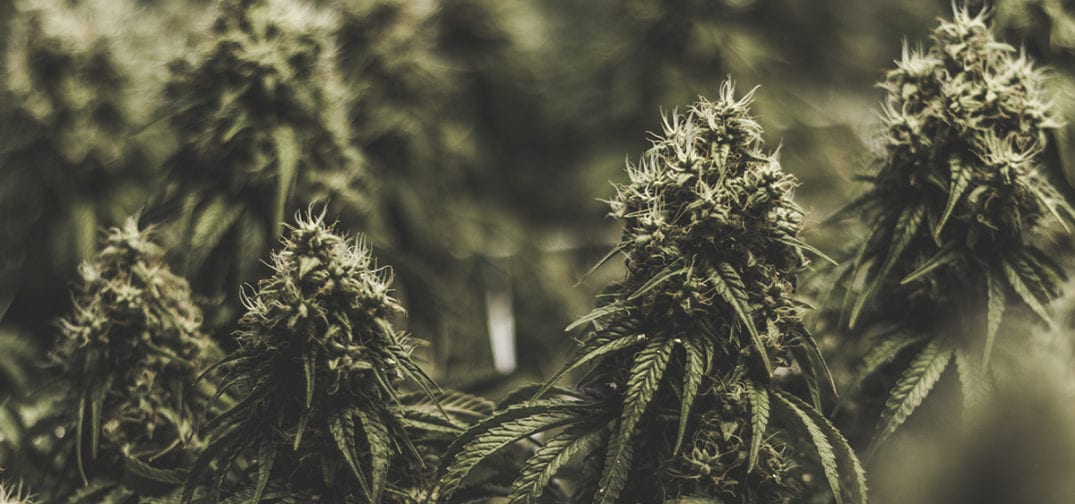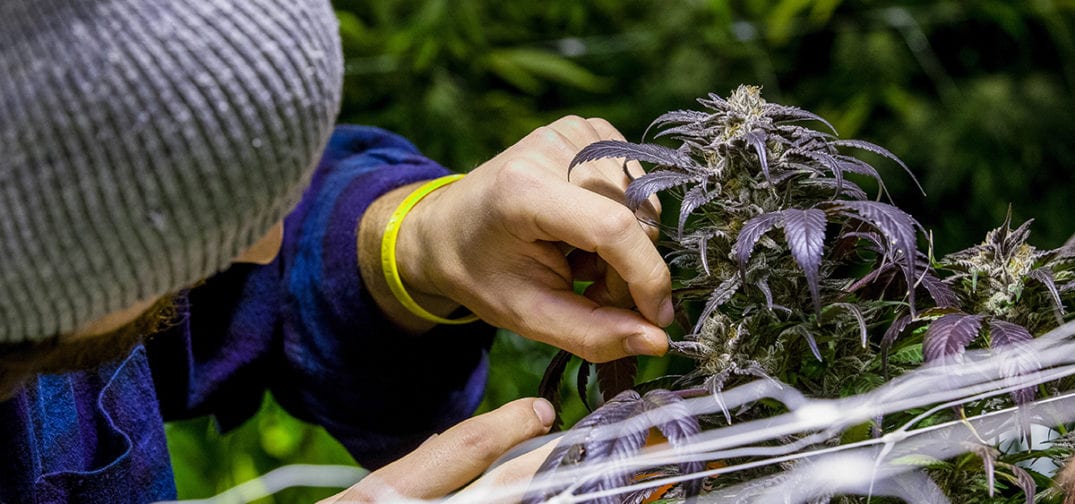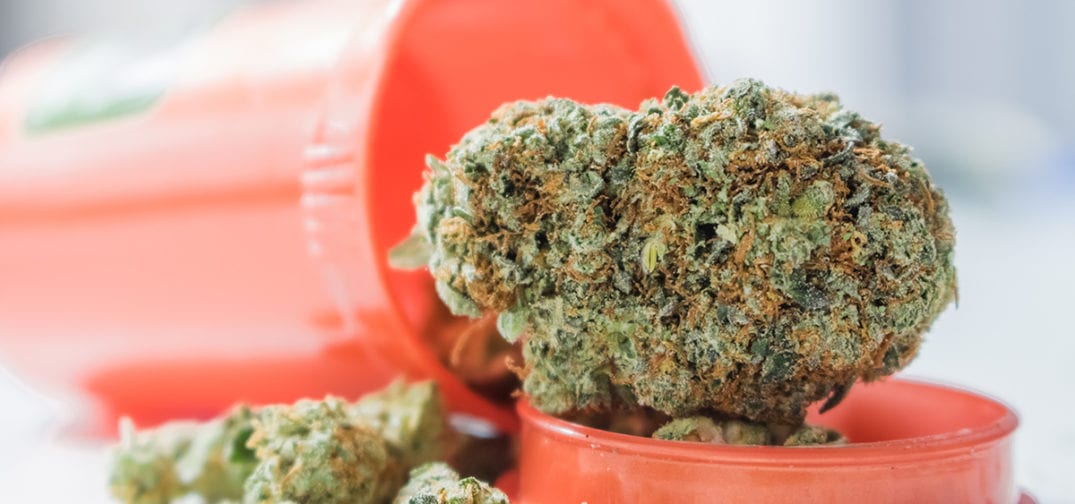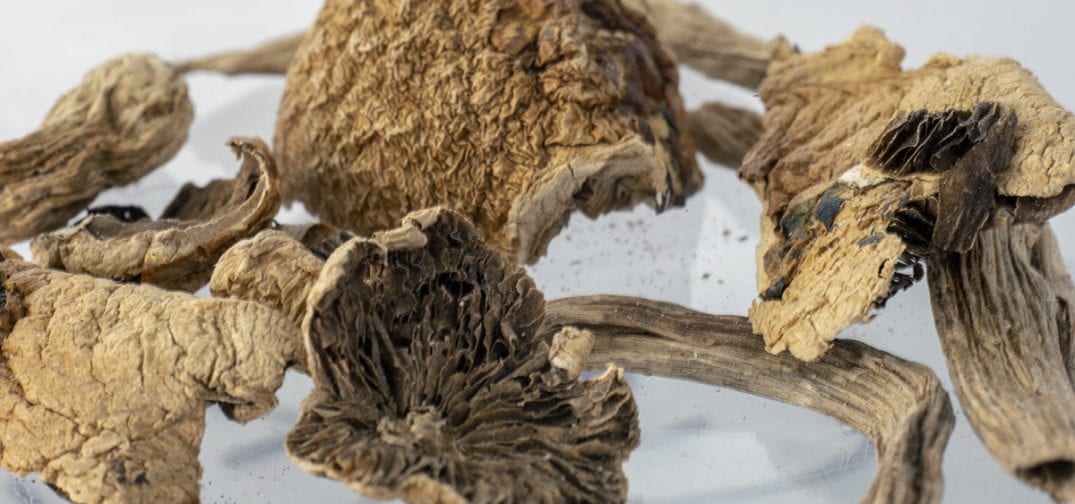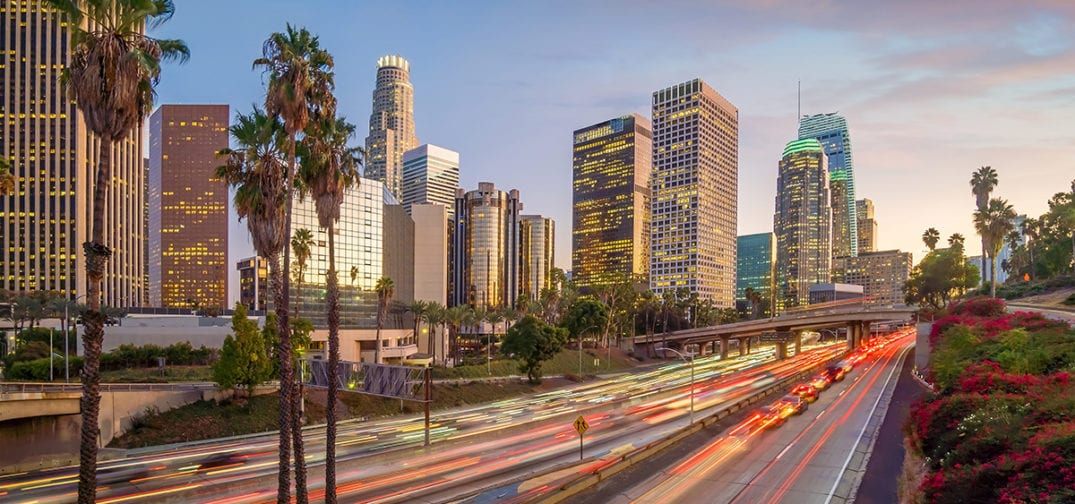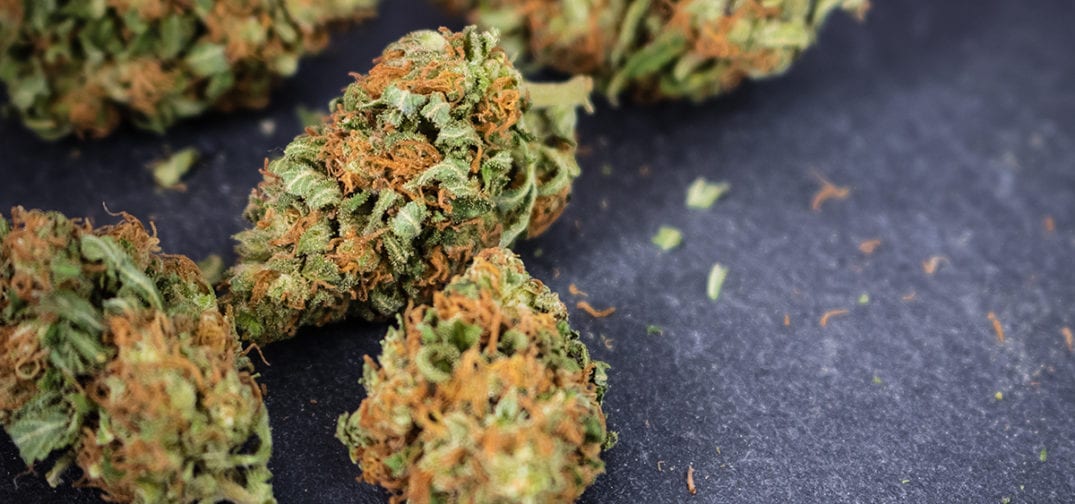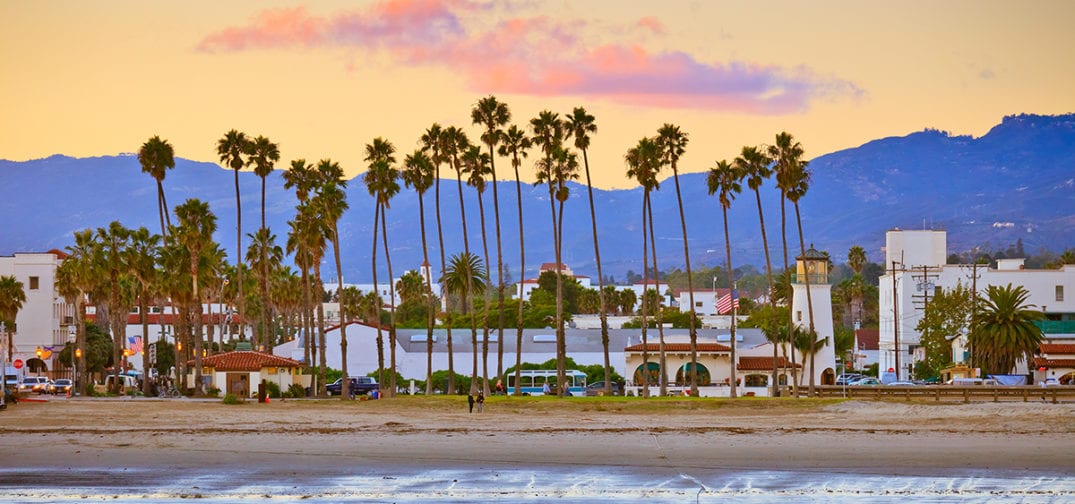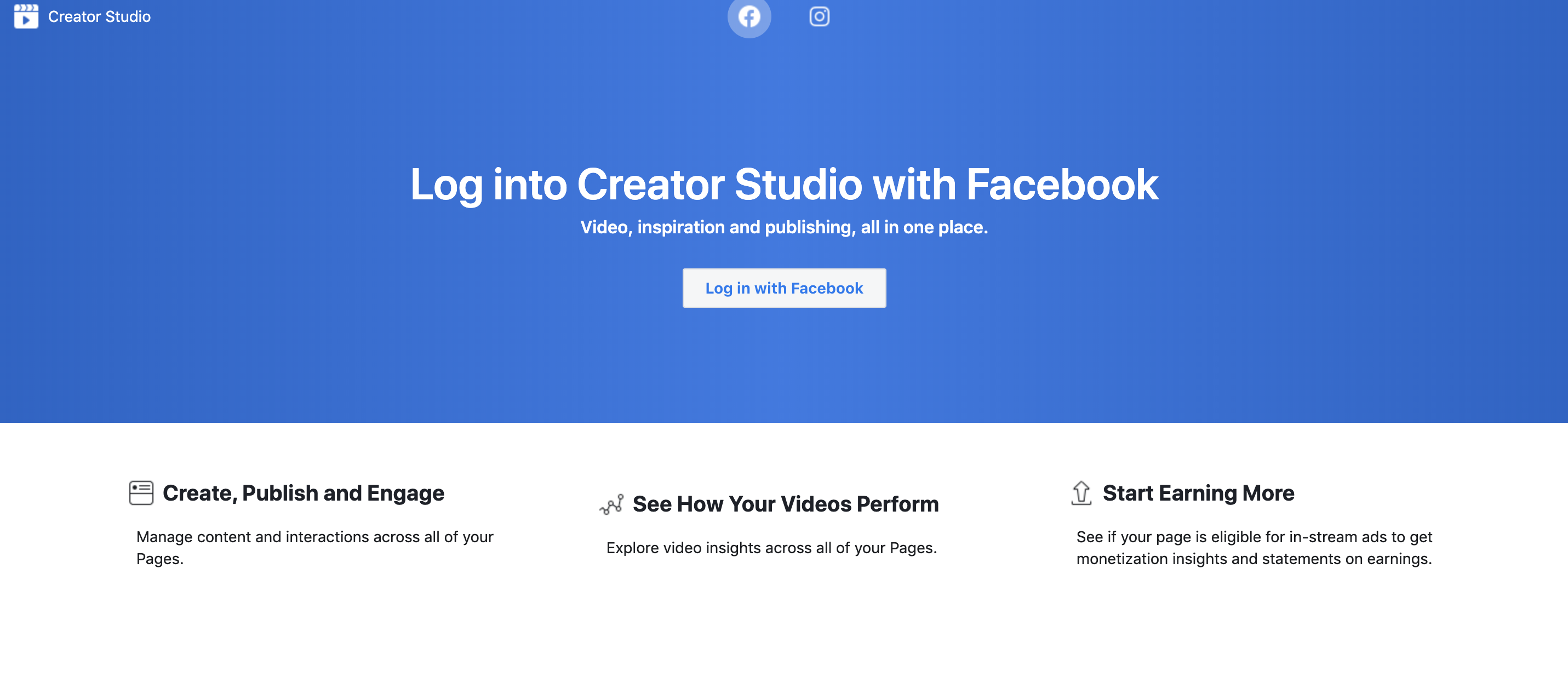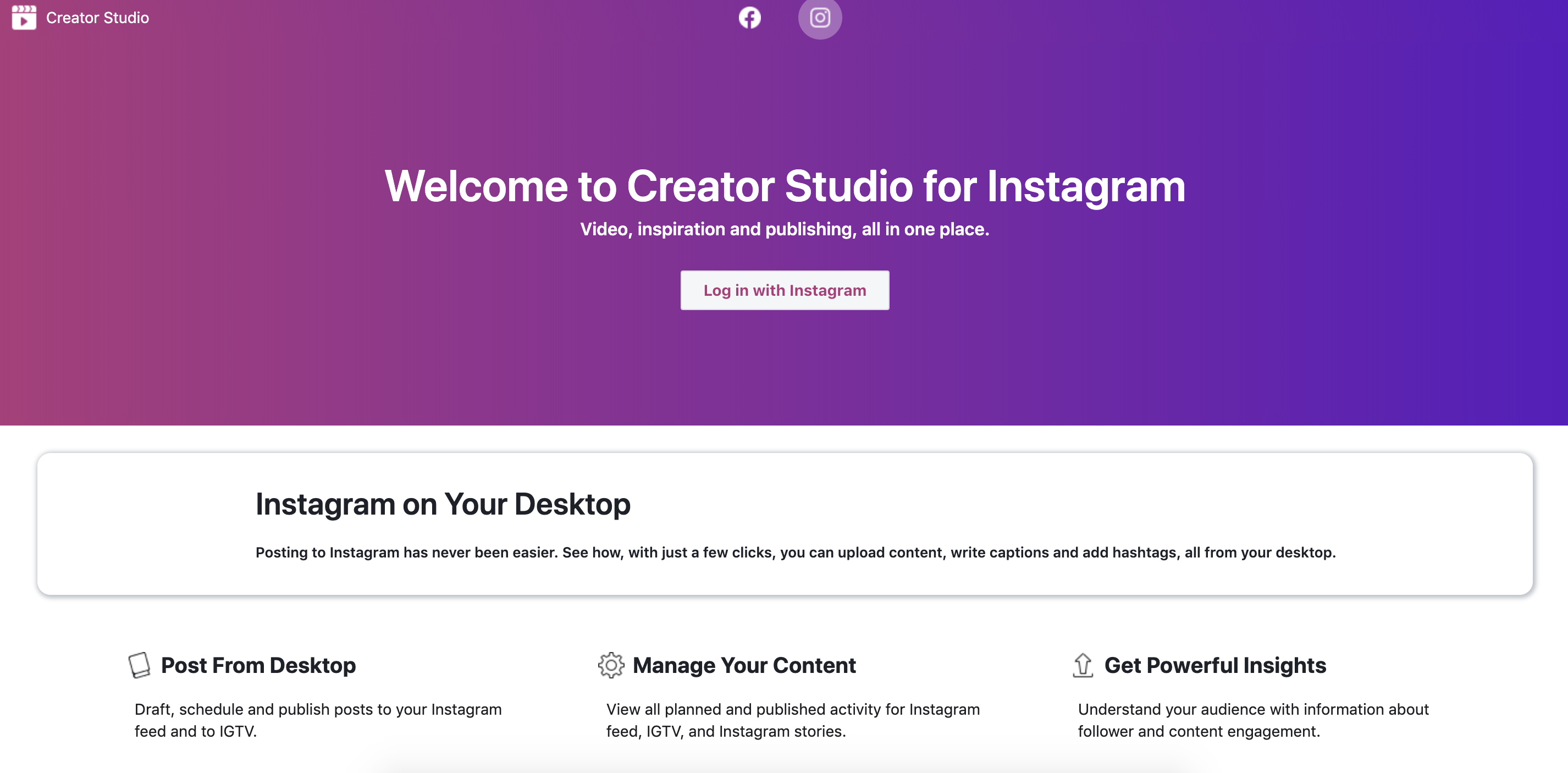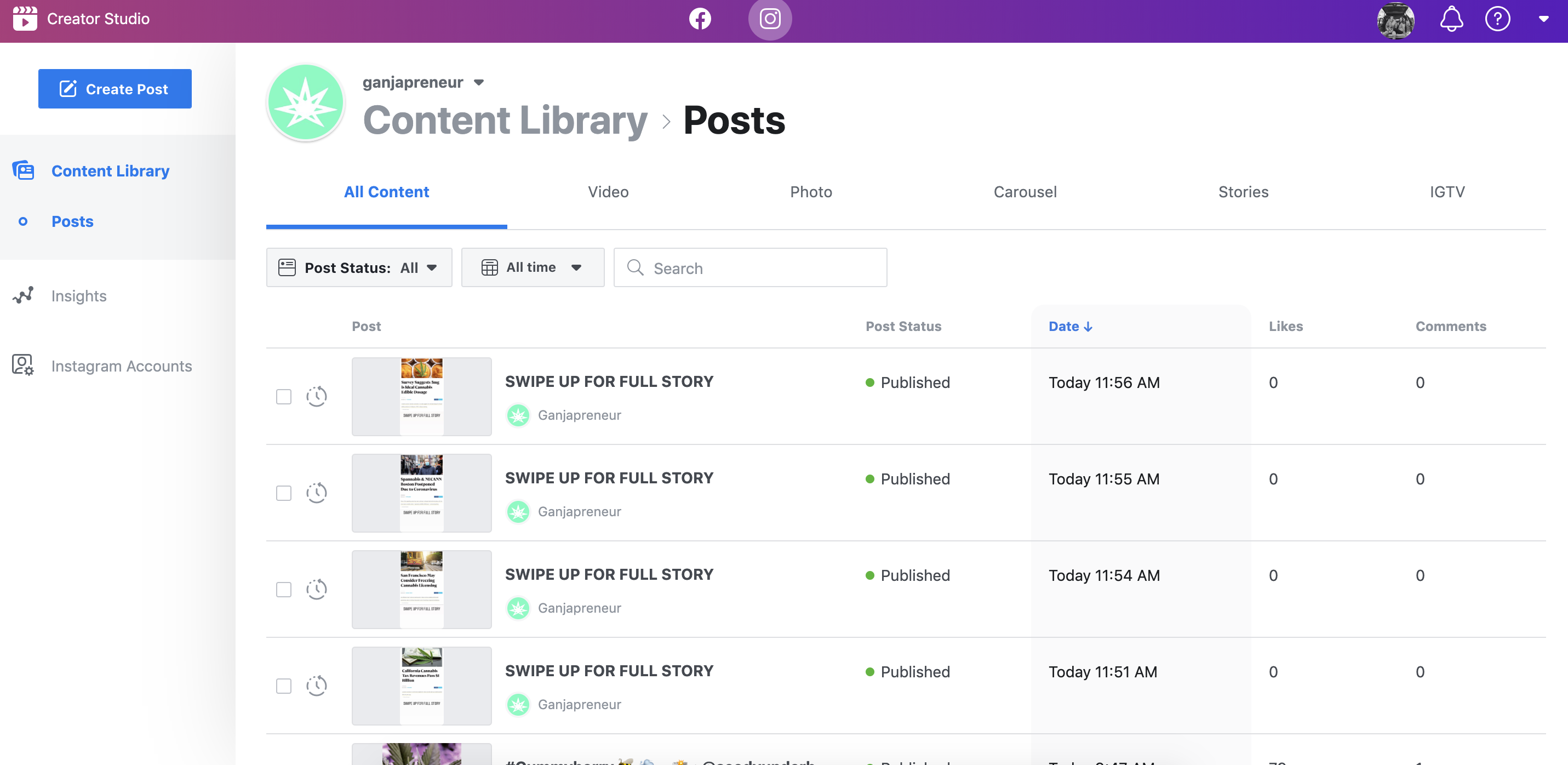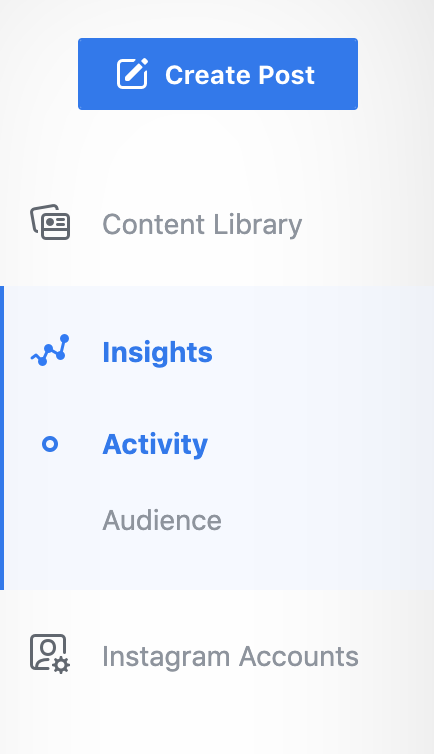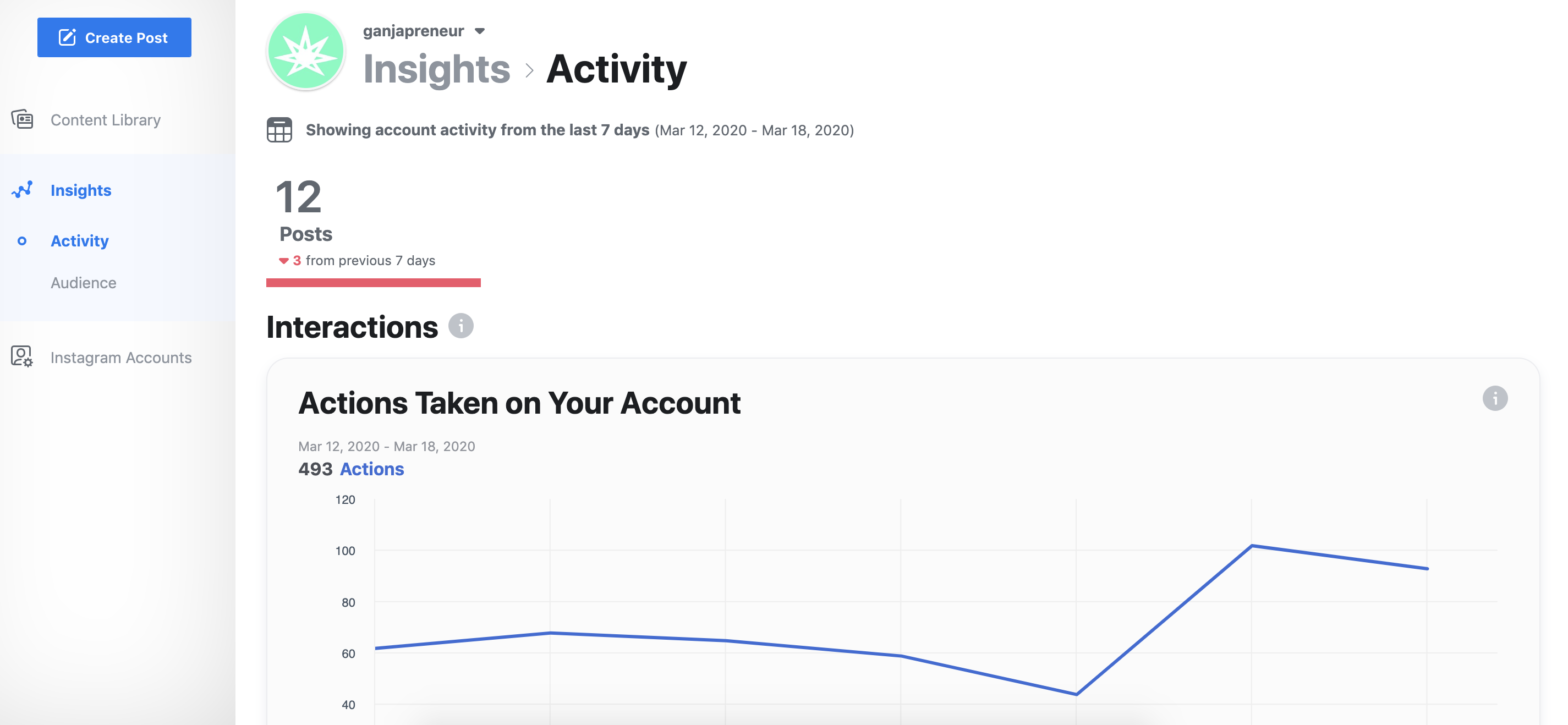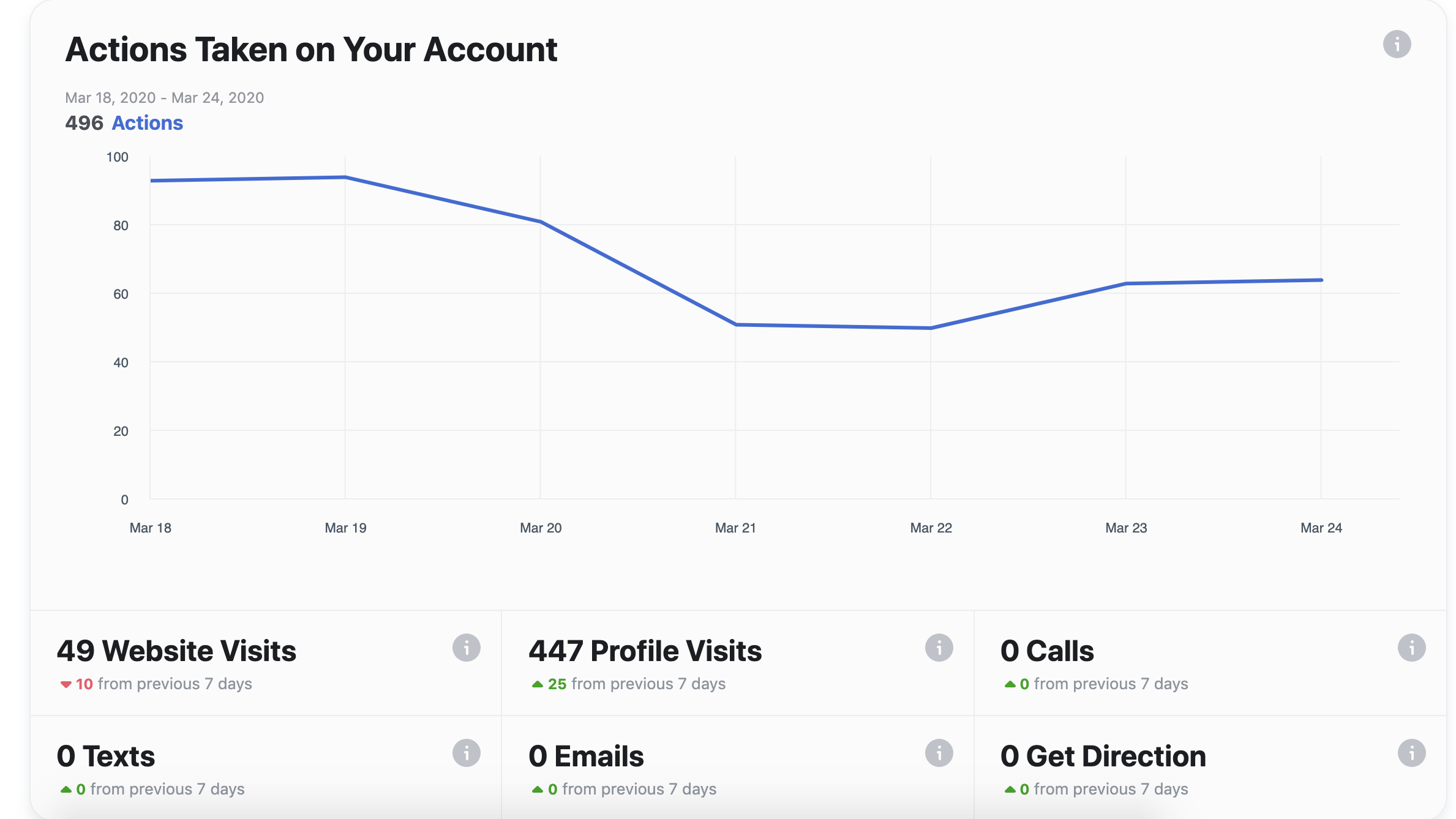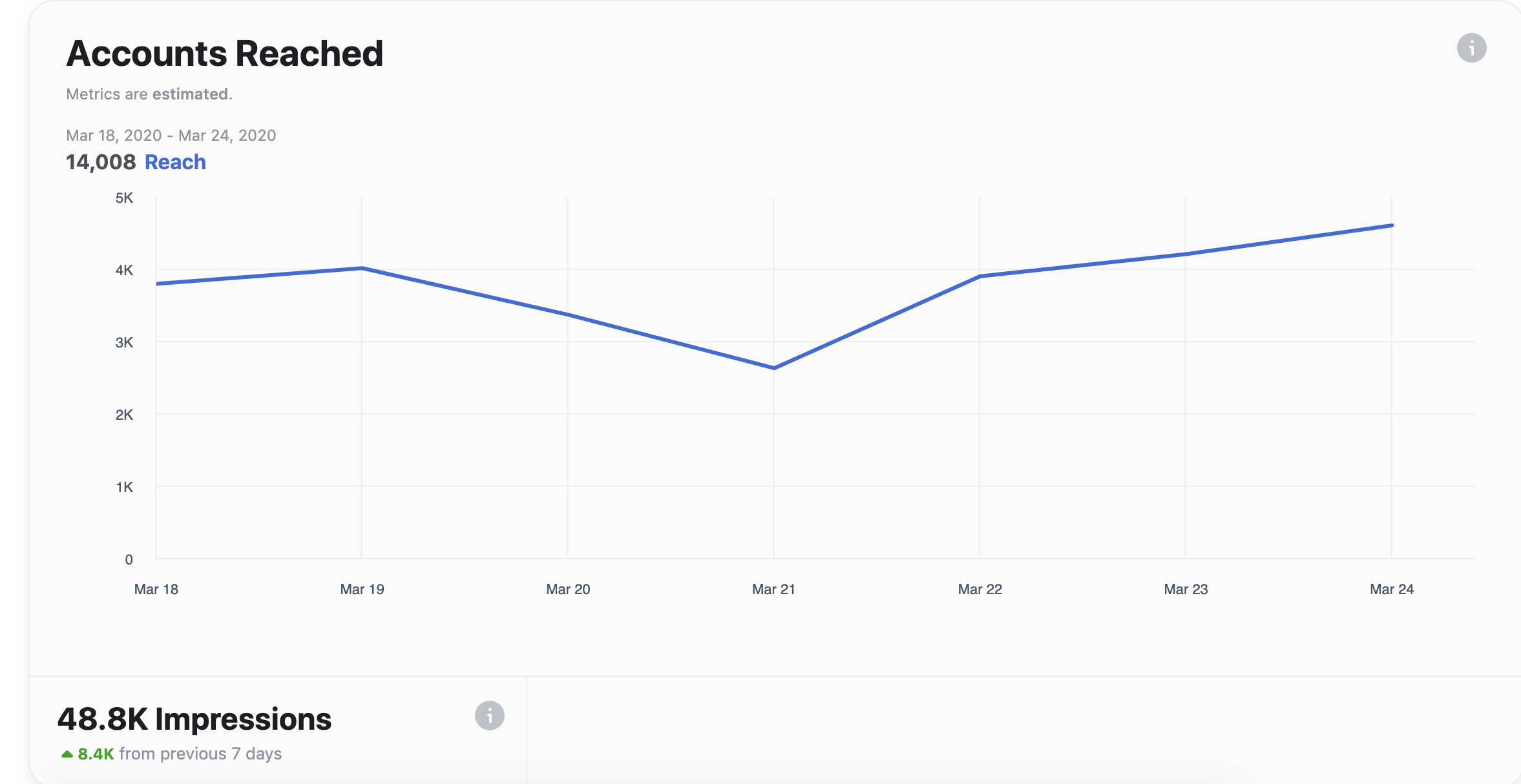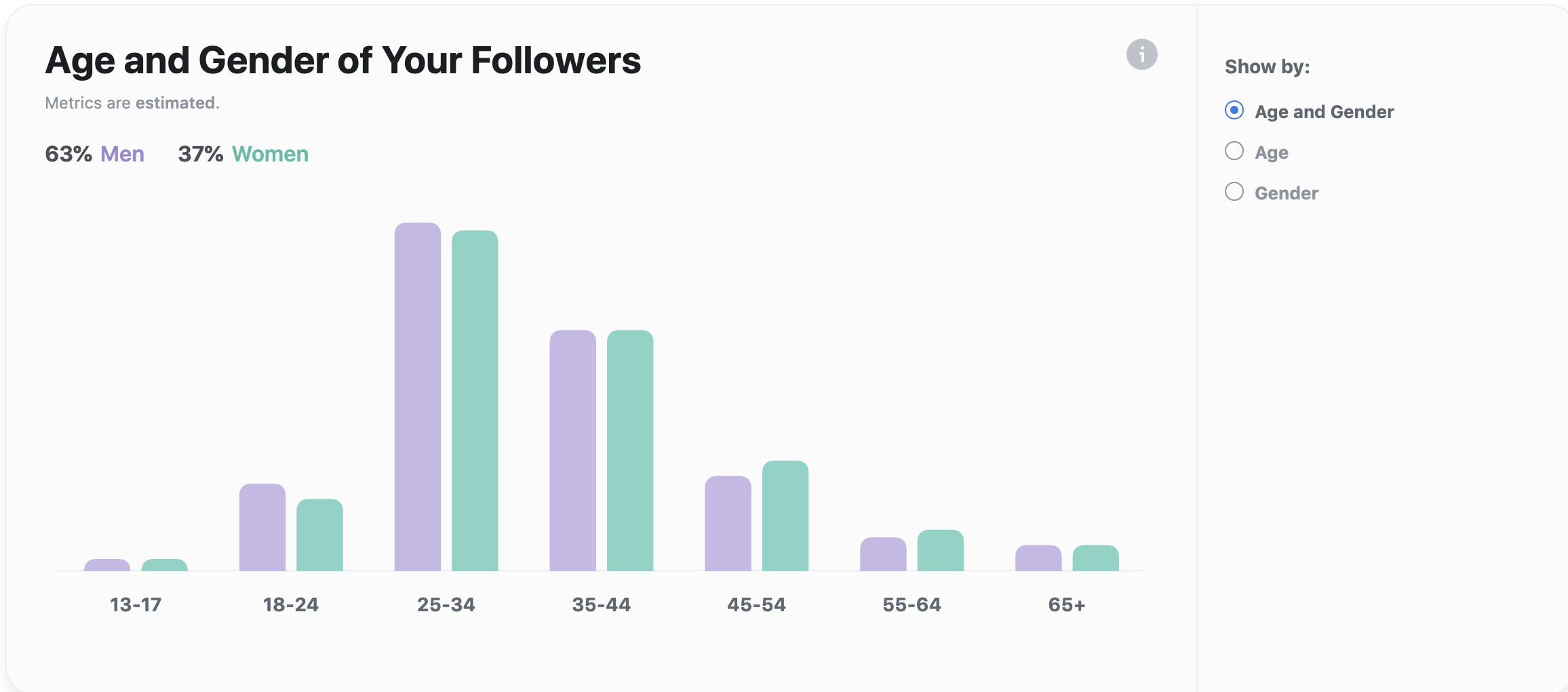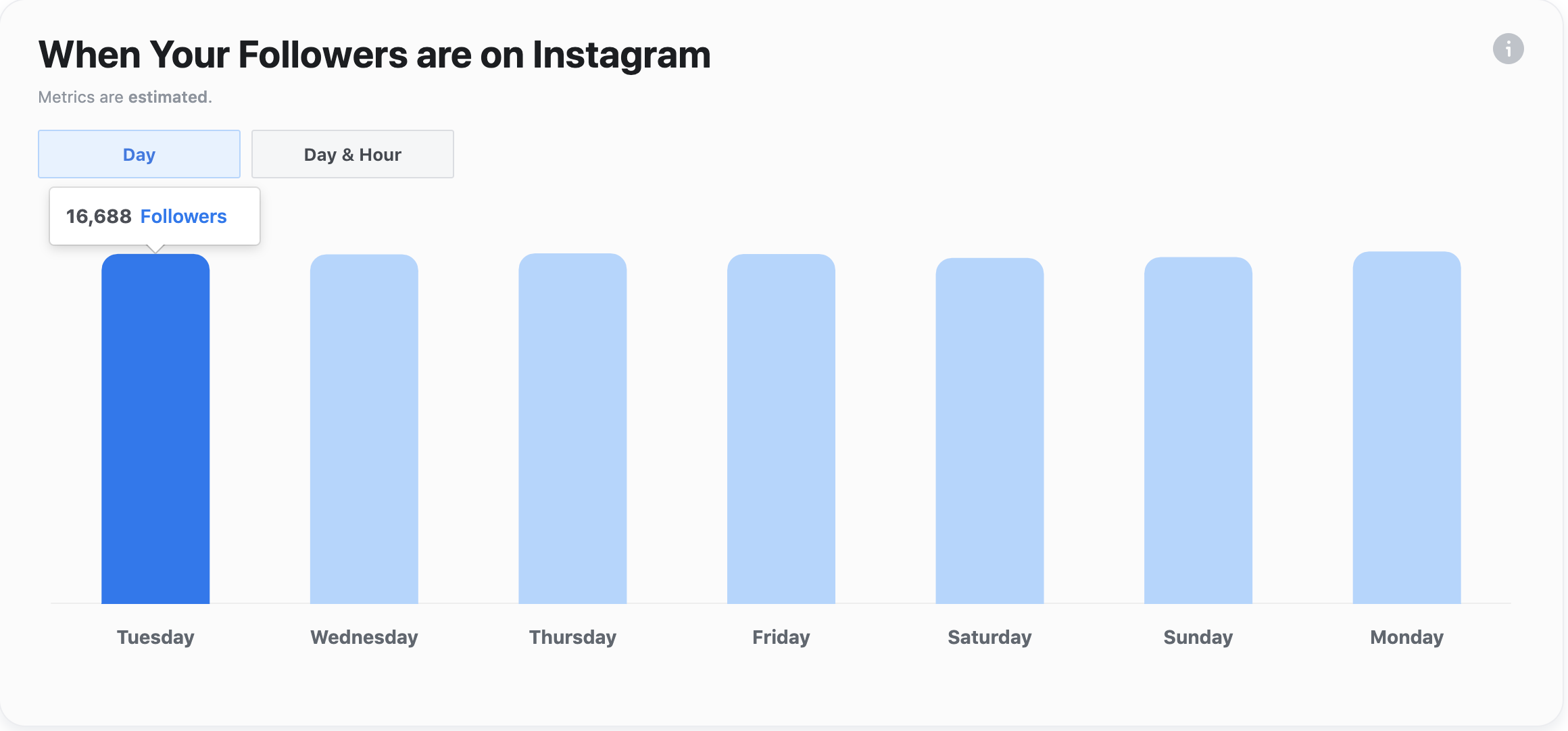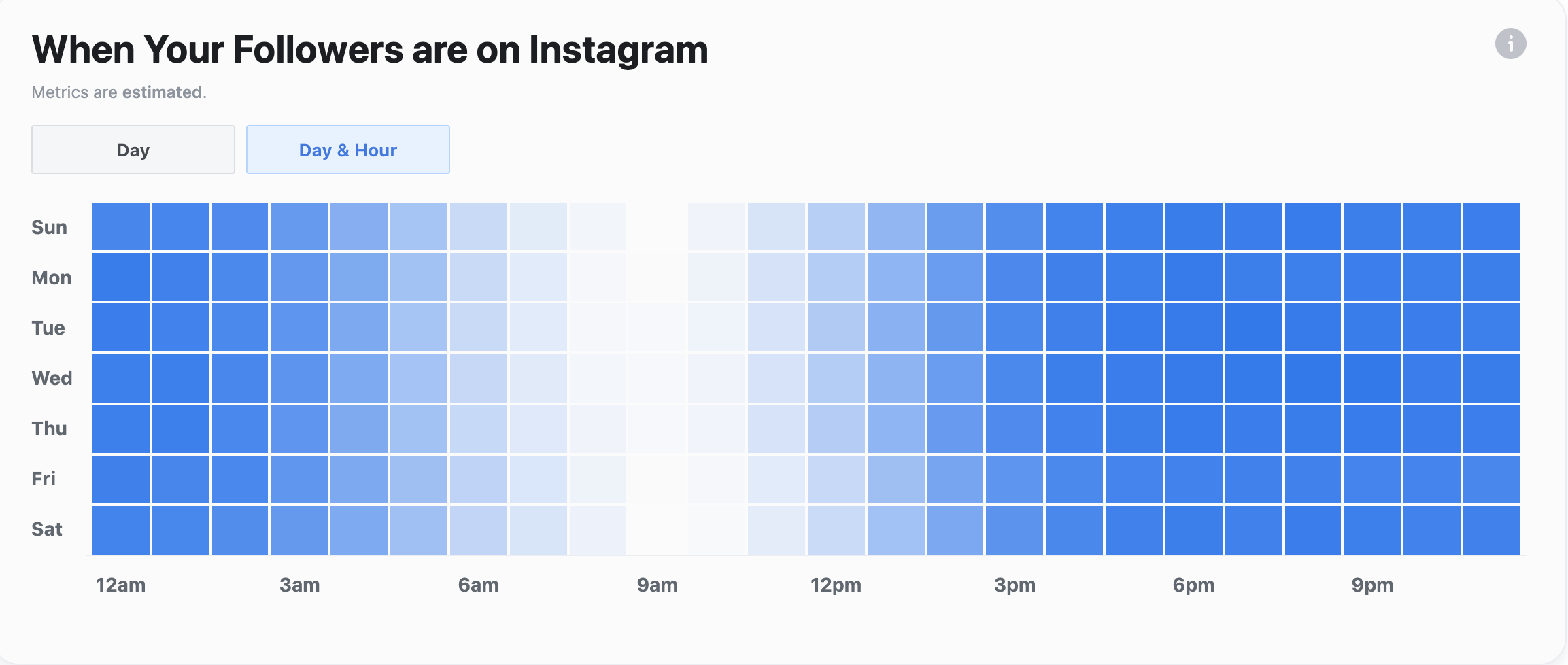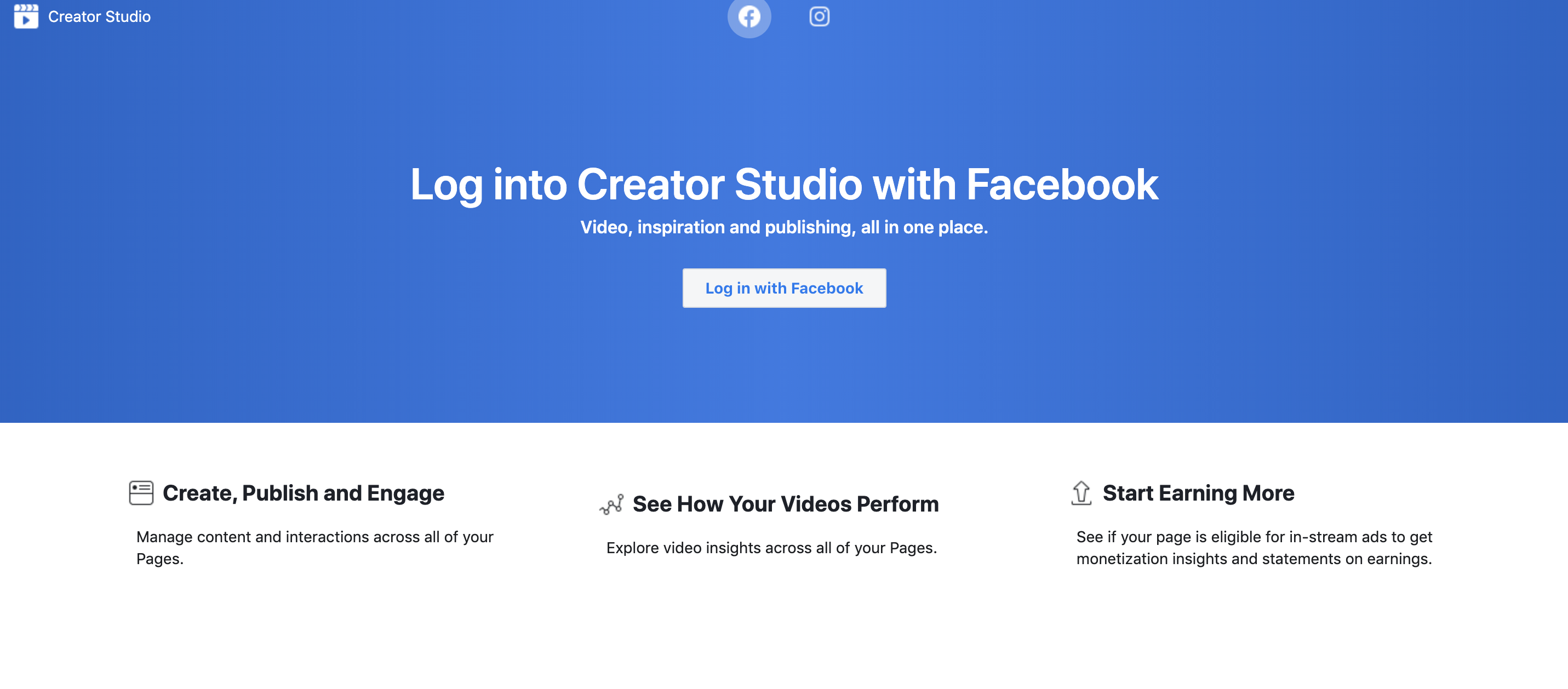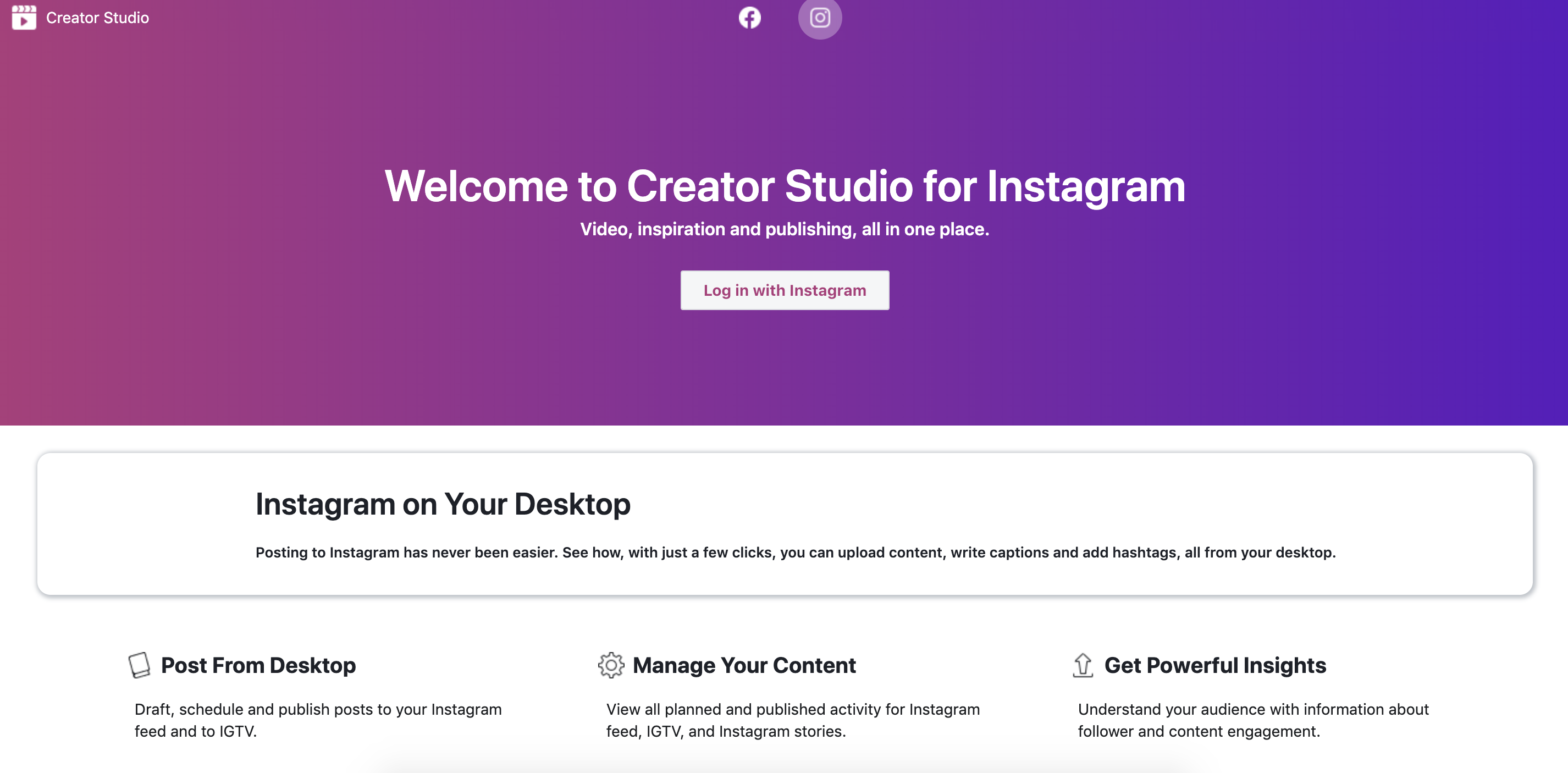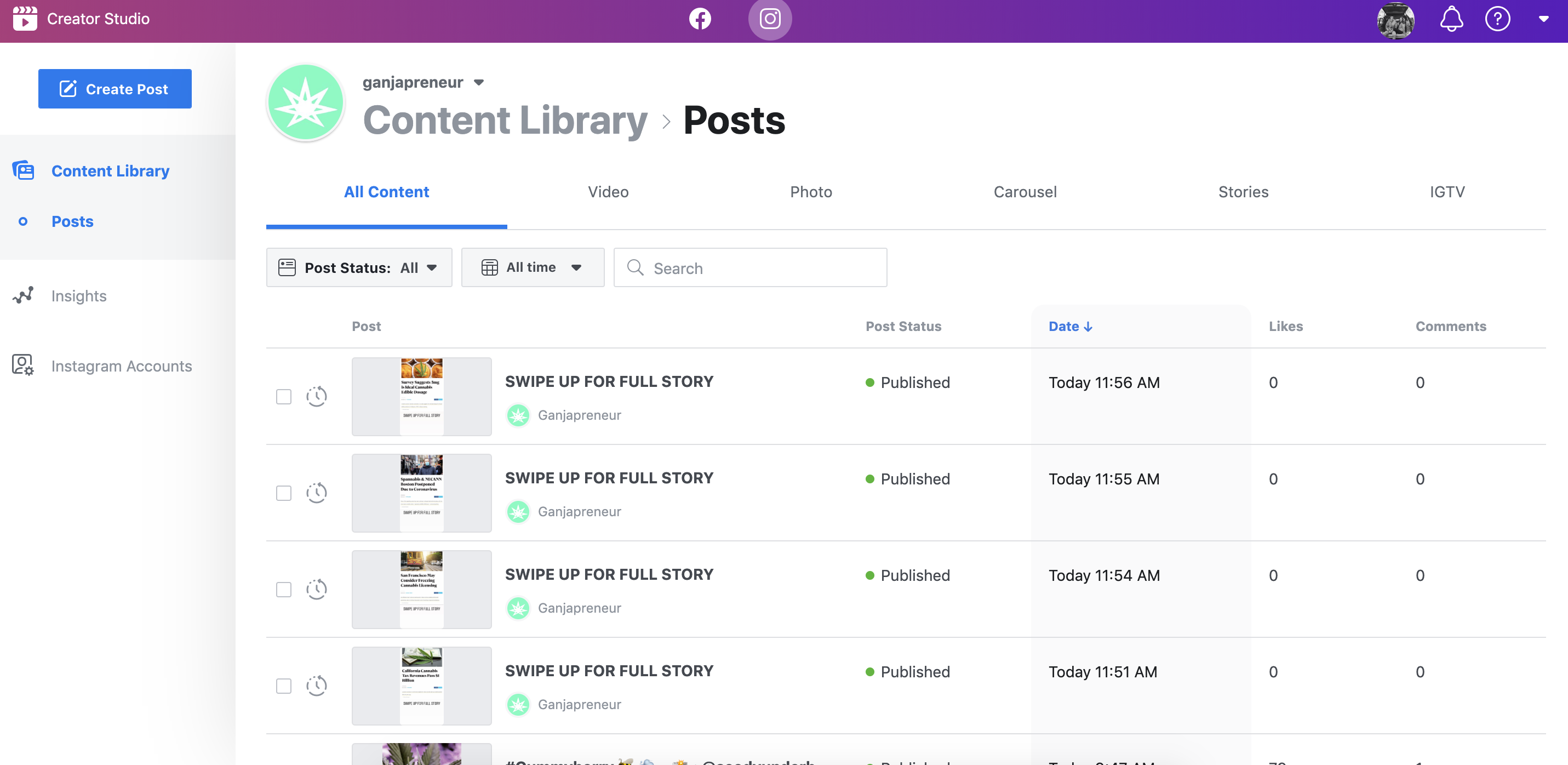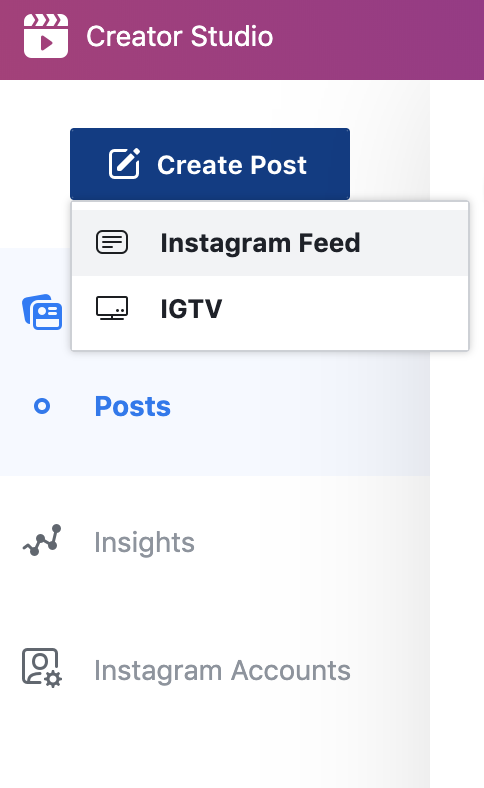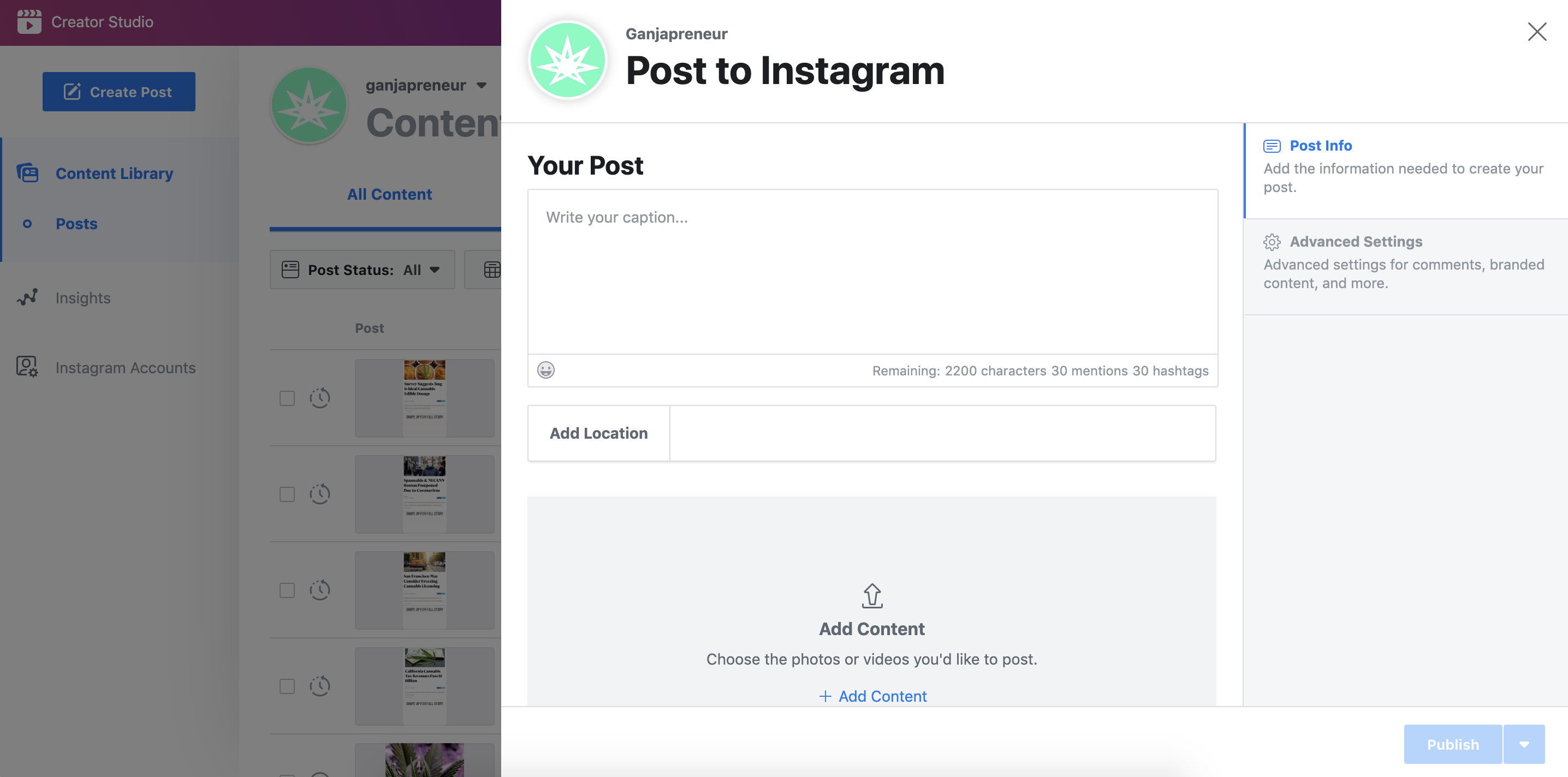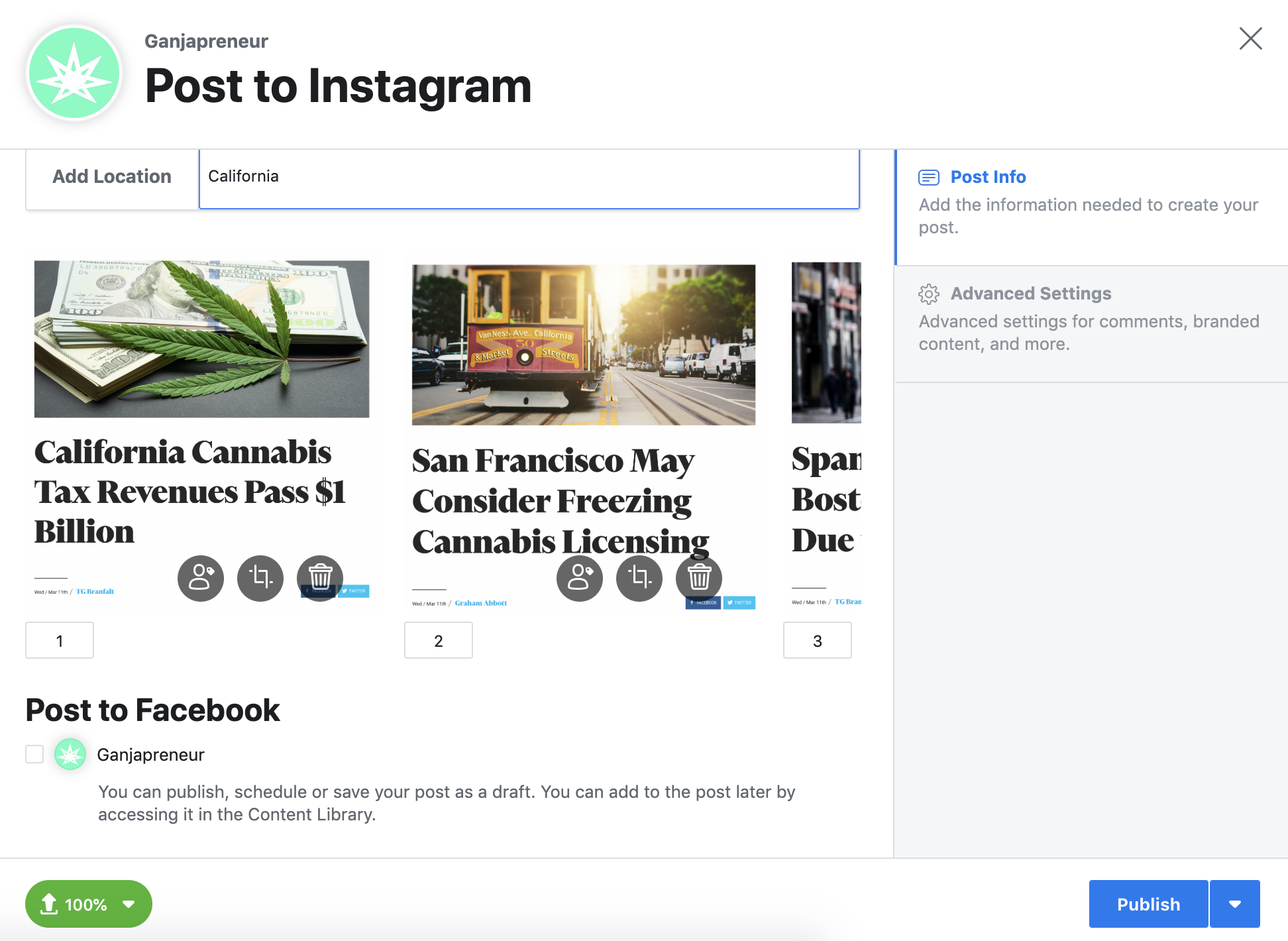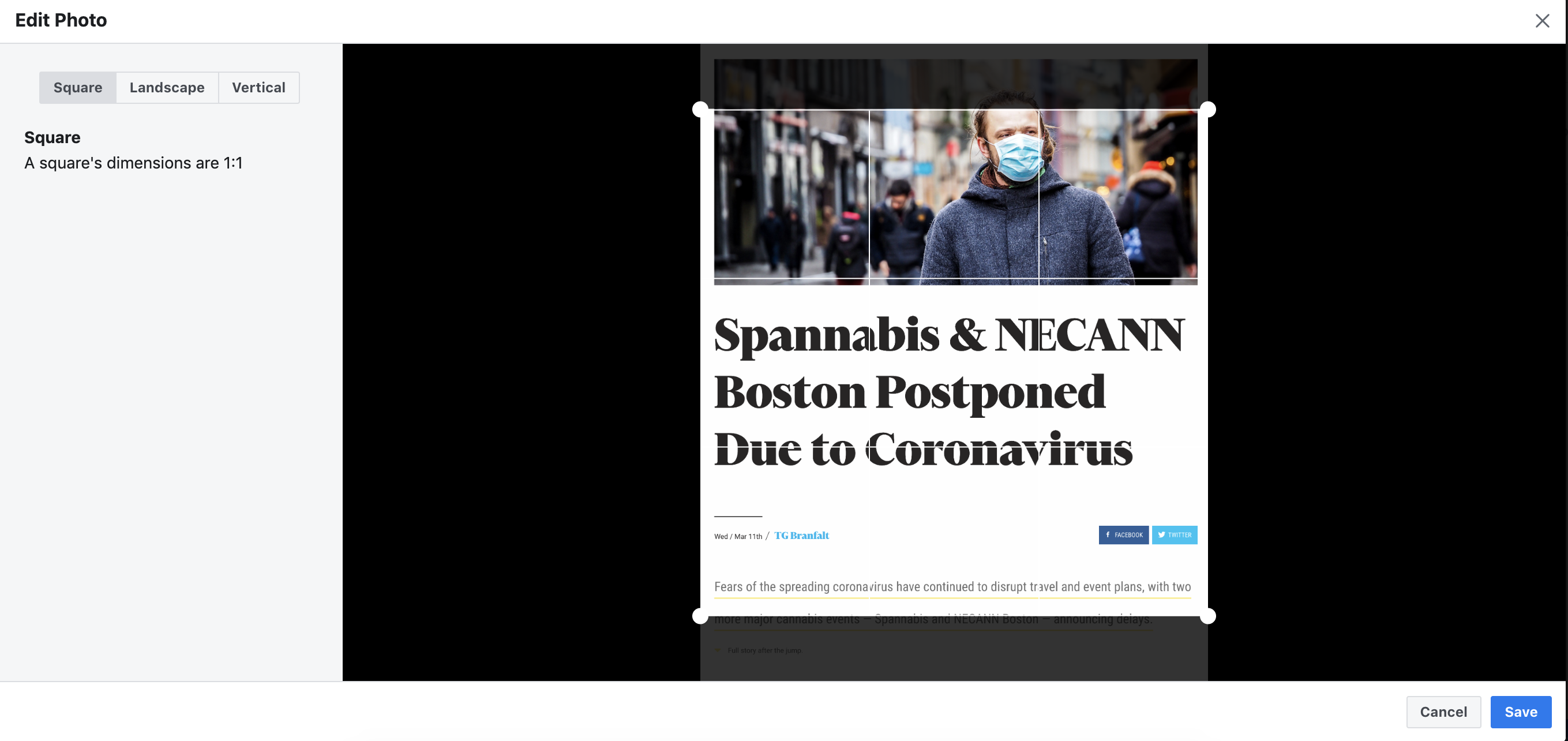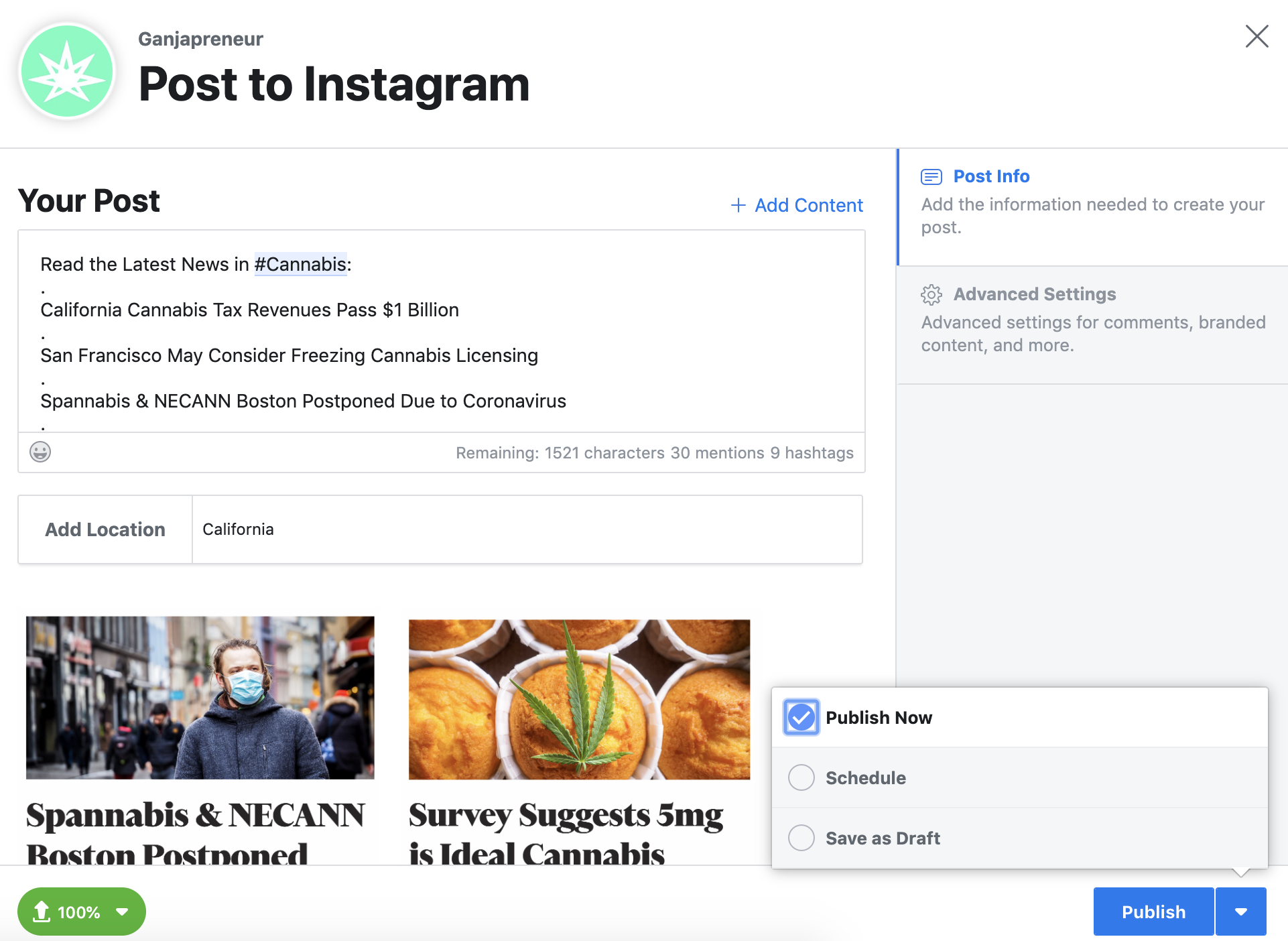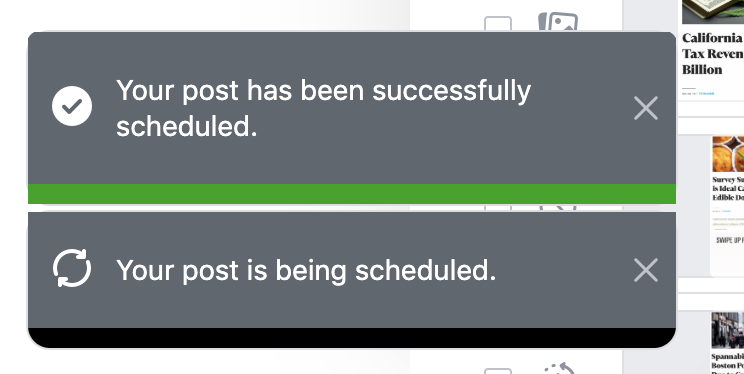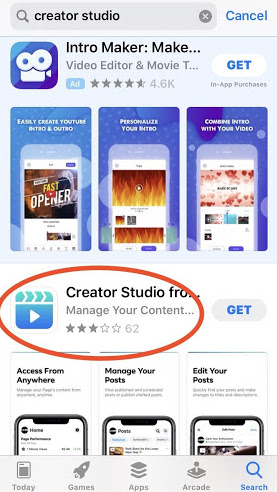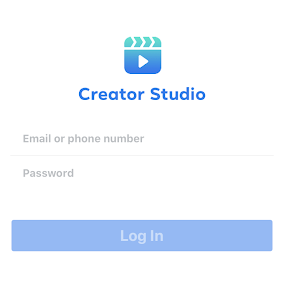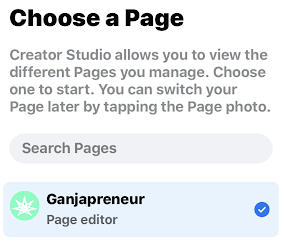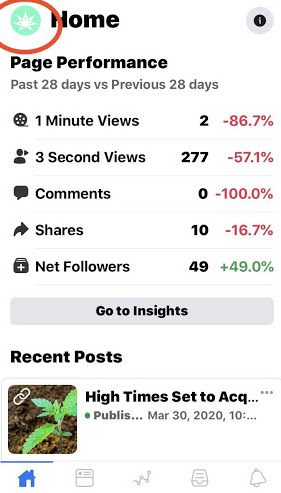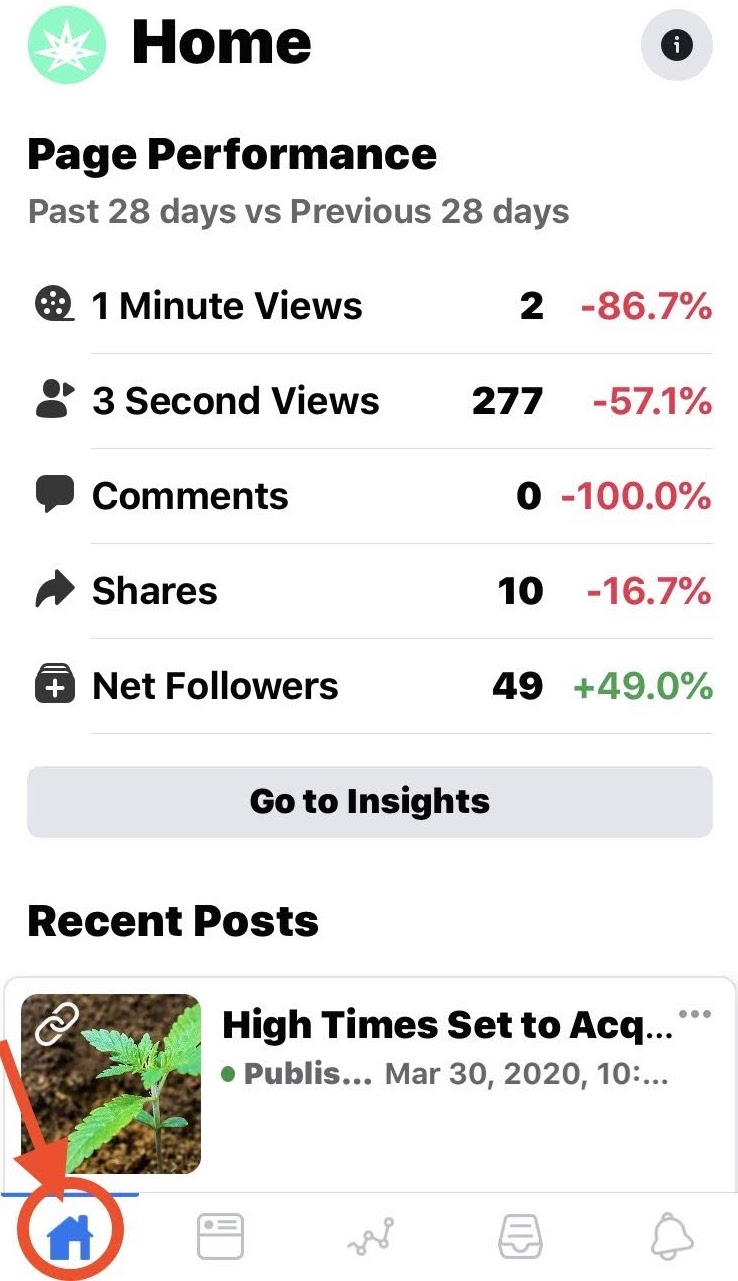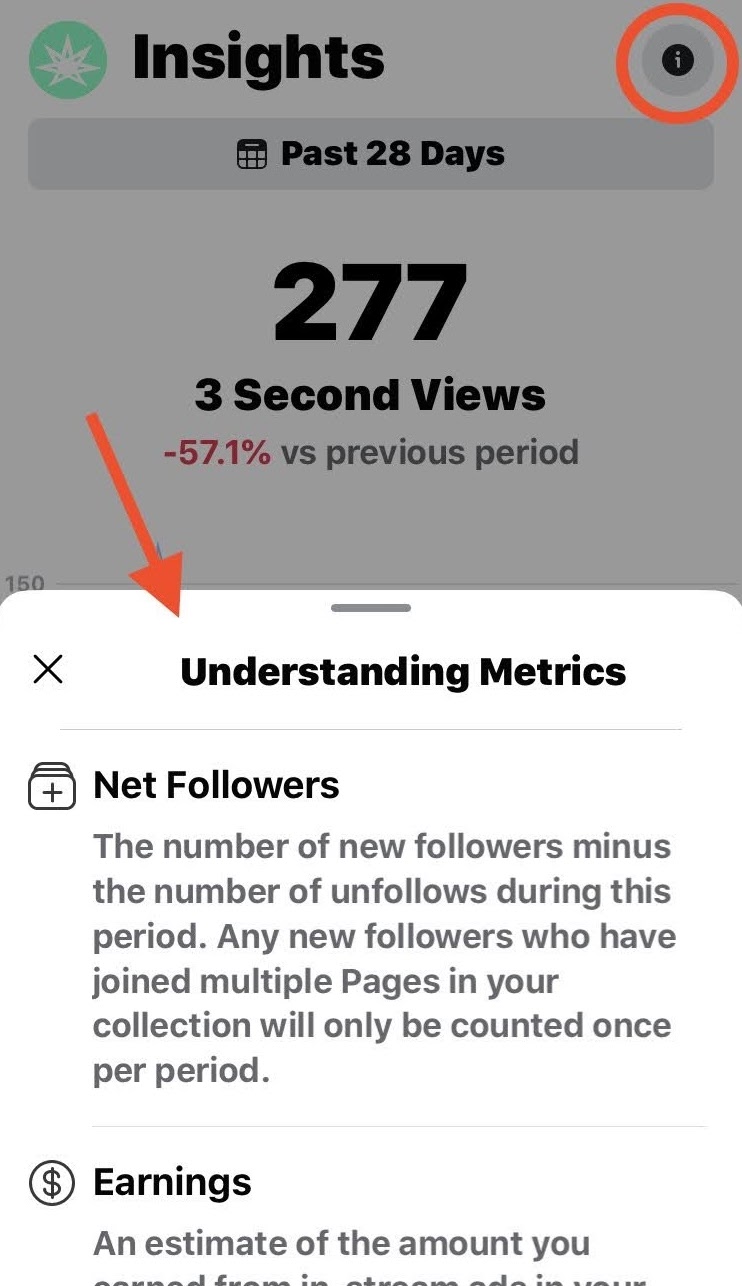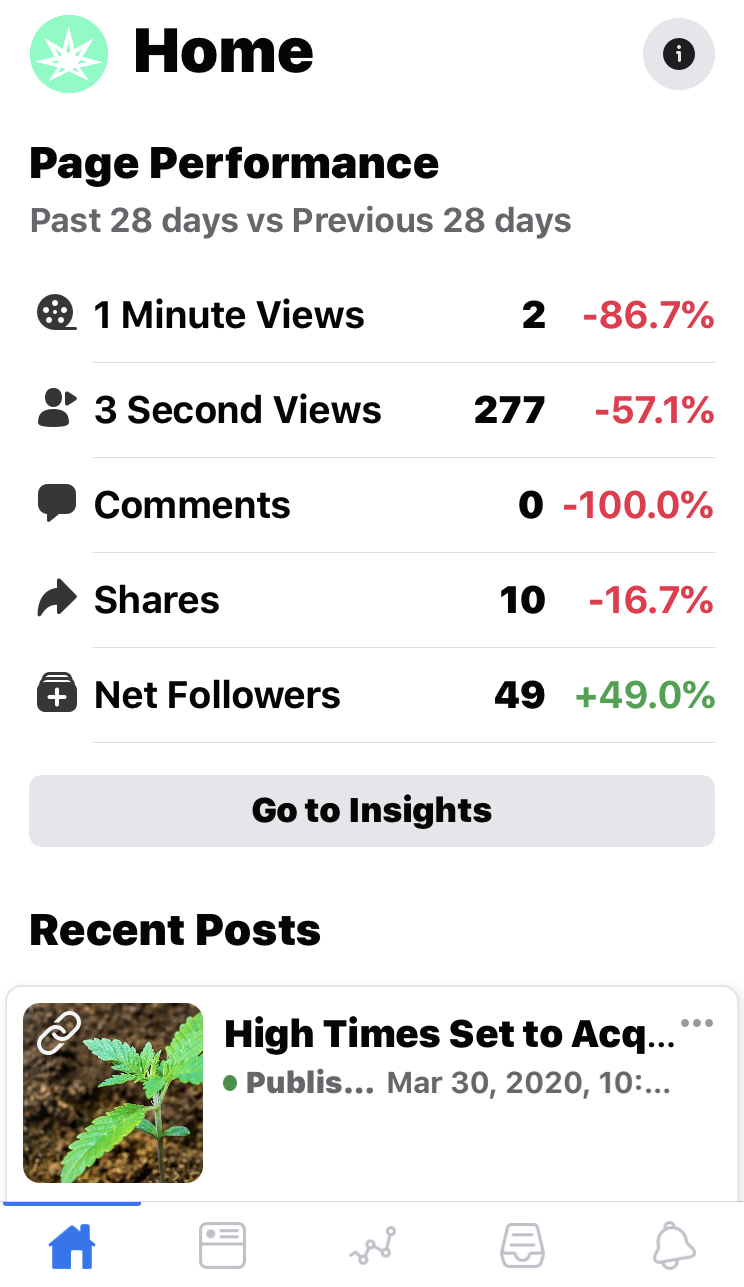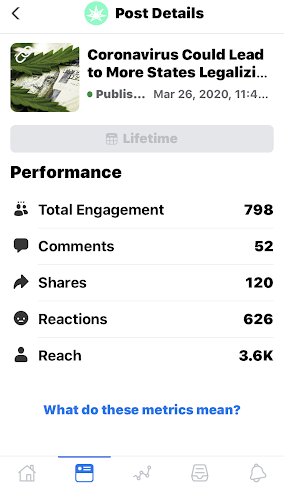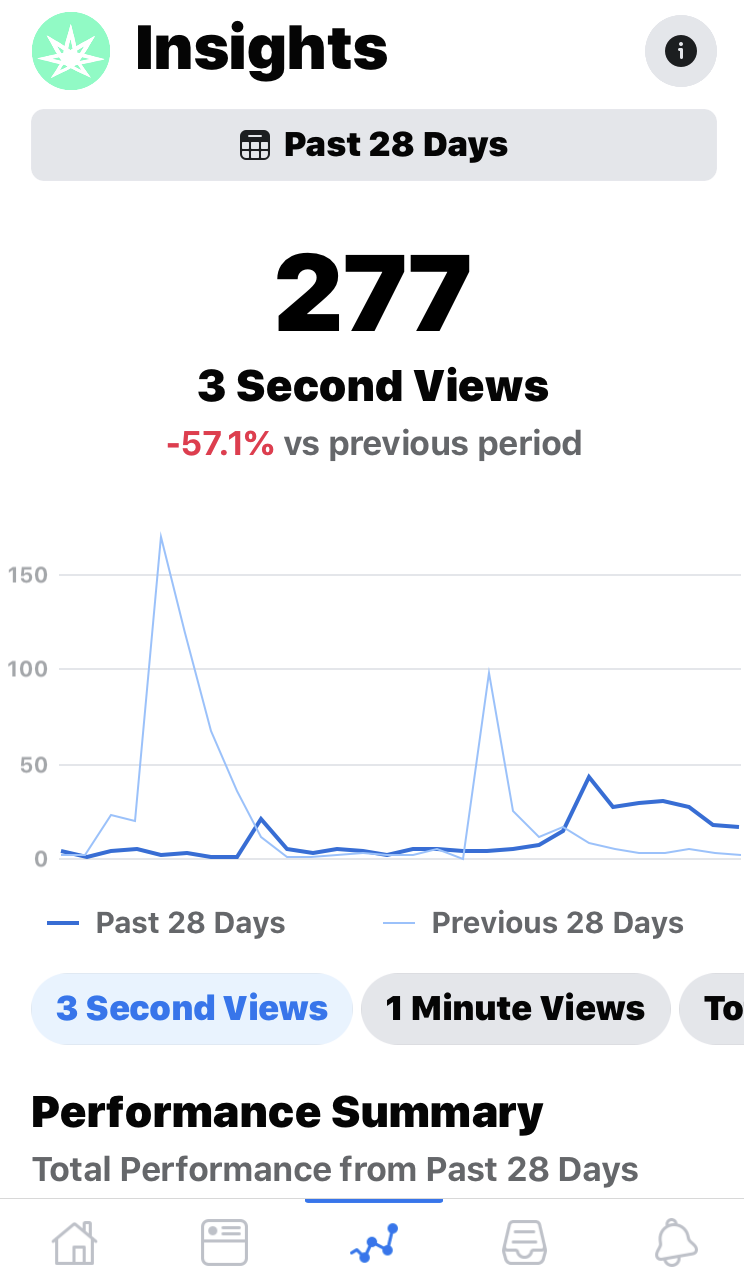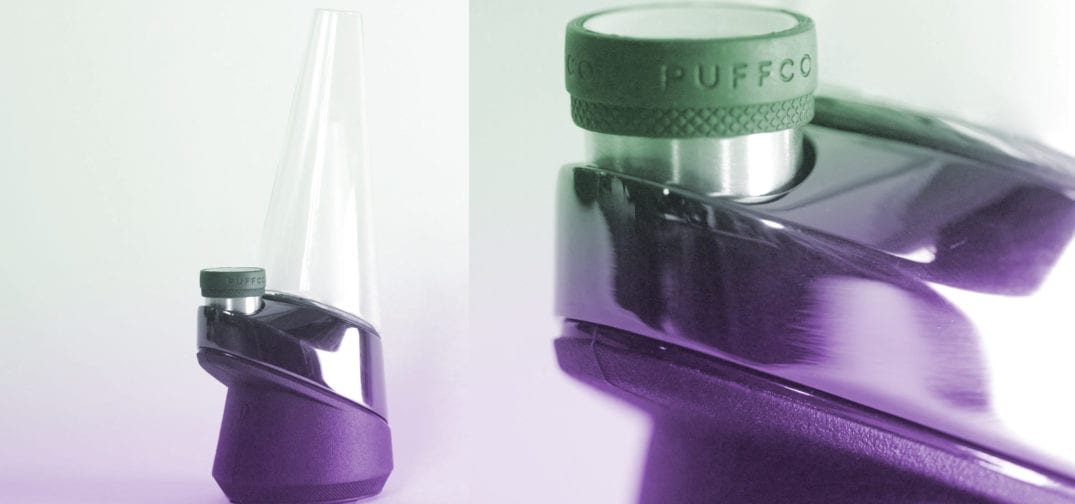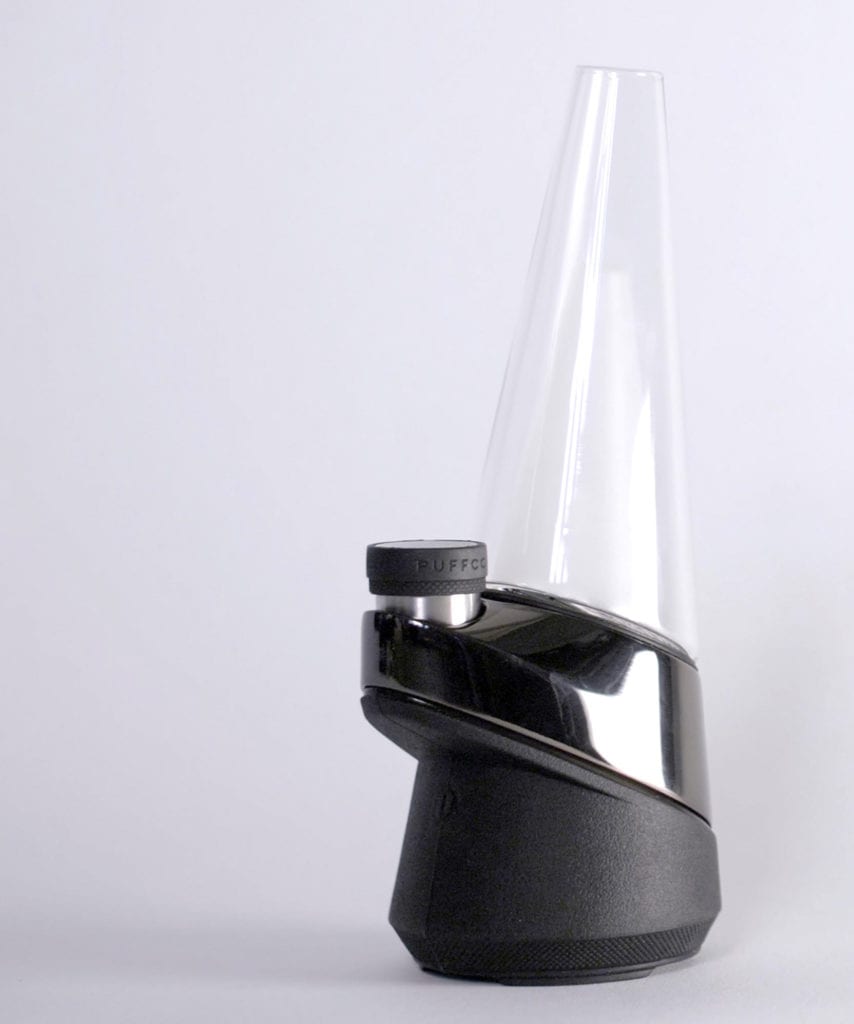The story of CashColorCannabis is the story of believing in yourself, your voice and knowing when to pivot.
For those who don’t know me, my name is Mehka (pronounced Mecca). I’ve been a full-time journalist since 2004. Born and raised in Boston, Massachusetts, I’ve lived in the South for the last 20 years after attending Johnson C. Smith University in Charlotte, North Carolina.
It was while holding a co-editor role for the Johnson C. Smith Student News in 2000 that I realized how much I love and respect the art of journalism.
After college, I launched my own website, lastwordonline.com. Once a month I would interview upcoming rappers. After a year and a half in existence, I was able to catch the eye of several publications.
I would go on to contribute stories for the likes of XXL, Slam, Hip-Hop Weekly and Rolling Out and HipHopenquirer.com.
For a majority of my life, Hip-Hop culture was everything to me.
But like most things you do repeatedly, you can get bored. I did. It was in 2012 to be exact. I had just moved to Atlanta. After a few months of taking on freelance jobs, I had the feeling that it was time to do something else.
So I left altogether and went to work for a non-profit company.
A chance trip to Denver in 2014 sparked my interest in writing again. This time, it wasn’t about Hip-Hop.
This was after Colorado had decided to allow for recreational use of cannabis.
While in Denver, I can become fascinated with the culture of cannabis. To watch people casually smoke weed in public and go to dispensaries was new to me. I saw magazines about weed and the business of it.
After going back to Atlanta, I still had that new car feeling. I wanted to tell everyone about what I saw, but more, what I didn’t see.
When I flipped through magazines or went to websites at the time, I didn’t see Black people.
It was like Black people didn’t smoke weed or cared about the business. Neither of those was true. So I decided to do my part to change that.
In 2015, I put my money together and started to film “The Color Green: Cash, Color and Cannabis.” The documentary was supposed to take a look at the industry at the time and ask the question, “Why are we not seeing more Black people getting involved.”
I recorded that all the way up until mid-2016. After looking at the footage, I really didn’t feel like I was telling a full story.
For me, true cannabis culture includes Hip-Hop. It includes conversations about generational bias. It was politics and pop culture.
Rather than ditch the idea, I switched the idea.
In 2016, I pitched the concept of CashColorCannabis Podcast to Herb, owner of Live Hip Hop Daily studios.
I told him the concept and he loved it. He had Tuesday at 9pm open and if I wanted it, I could have it.
Doing a show like this wasn’t easy at all.
Even in a time when the discussion of cannabis legalization was high, me doing a podcast based around this burgeoning industry and all that surrounds was still a foreign concept. That goes double when you consider where I’m doing this from.
While Atlanta seems fairly progressive, Georgia is not. So it took a lot of courage for me as a Black man, to host a live show where everything from cannabis consumption to mass incarceration would be discussed.
I have had several people turn down the show in our first season due to fear of arrest.
In due time, we would find our audience.
I wanted our show to not just tackle cannabis directly.
Every week, we get to discuss bridging generations, pop culture, politics, racism and more.
200+ episodes later, CashColorCannabis has morphed into an entertainment news blog and curating live events across the country and a clothing line.
Since we first started the show, we have hosted Freeway Ricky Ross, Attorney Gerald Griggs, rap legend Big Gipp, cannabis activist Dasheeda and Ice Dawson, Hope Wiseman and more.
We hope that through CashColorCannabis, we hope to not just normalize cannabis conversation in the Black community, but to change the perception of the Black cannabis consumer.
In 10 years, we want to be known as the B.E.T. of cannabis. From the podcast to producing content for others, I want people to seek out CashColorCannabis when they want to really understand the Black experience from an honest perspective.
So follow us on our journey. Subscribe to the podcast and our blog and help us grow “A Higher Level of Conversation.”

